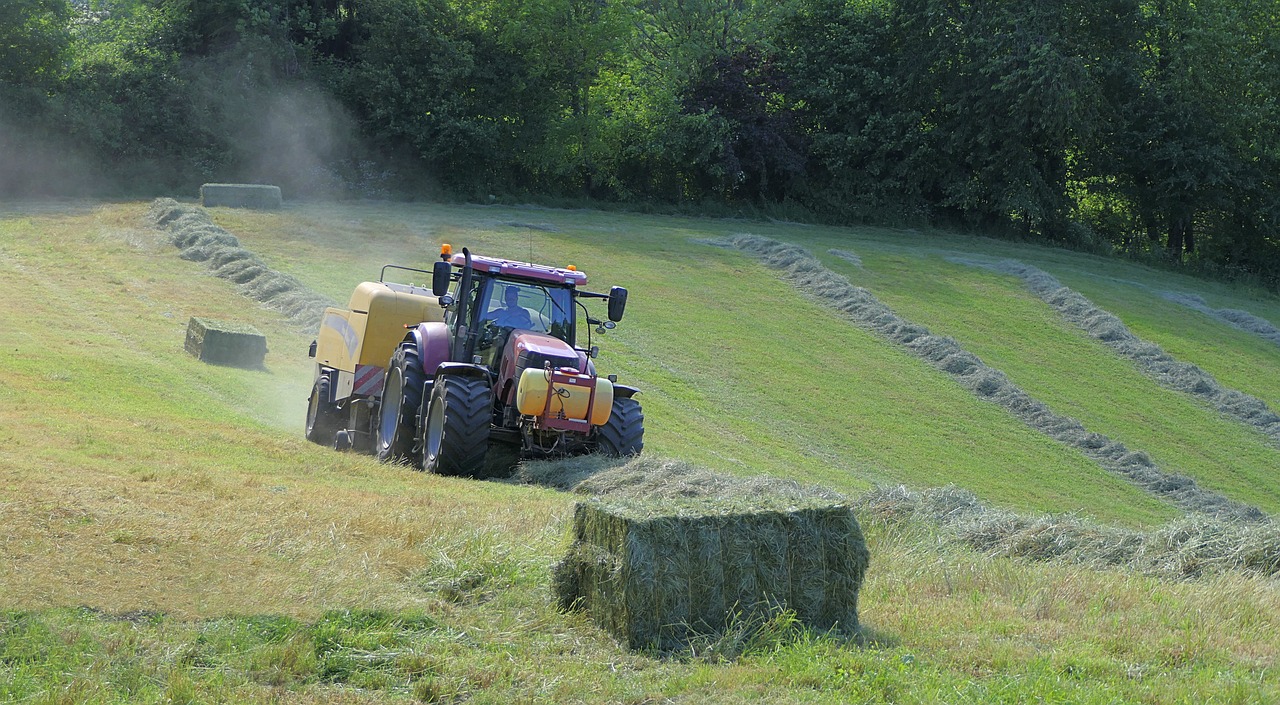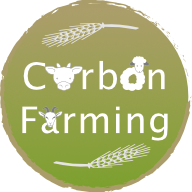What are the main greenhouse gases in agriculture? Of the total greenhouse gas emissions, how much is the agricultural sector in Europe in 2019? To answer these questions, read this article!
In Europe, in 2019, the agricultural sector is responsible for 10.3% of total EU emissions according to Eurostats.
To view the GHG emissions of agricultural origin by the different EU member countries click here.
The majority of GHGs emitted by the agricultural sector in Europe are methane CH4 and nitrous oxide N20 (Ministry of Energy Transition, DATALAB, page 58, 2022 data).
Learn more.
These two gases have a much greater greenhouse effect than CO2 (Ministry of Energy Transition, DATALAB, page 58, 2022 data).
This is why it is essential to think about solutions, including decarbonization strategies, methanation, rational use of nitrogen or carbon storage.
Carbon storage is a technique that has its place in the agricultural sector, the latter being both emitter but also carbon sensor thanks to its environment. Soil, meadow, trees, vegetation, etc. are indeed potential sinks to store carbon thus reducing the impact of agriculture on global warming.
It is in this context that the LIFE Carbon Farming project aims to mitigate the carbon footprint of 700 European farms by 15% in six years.
Sources :







